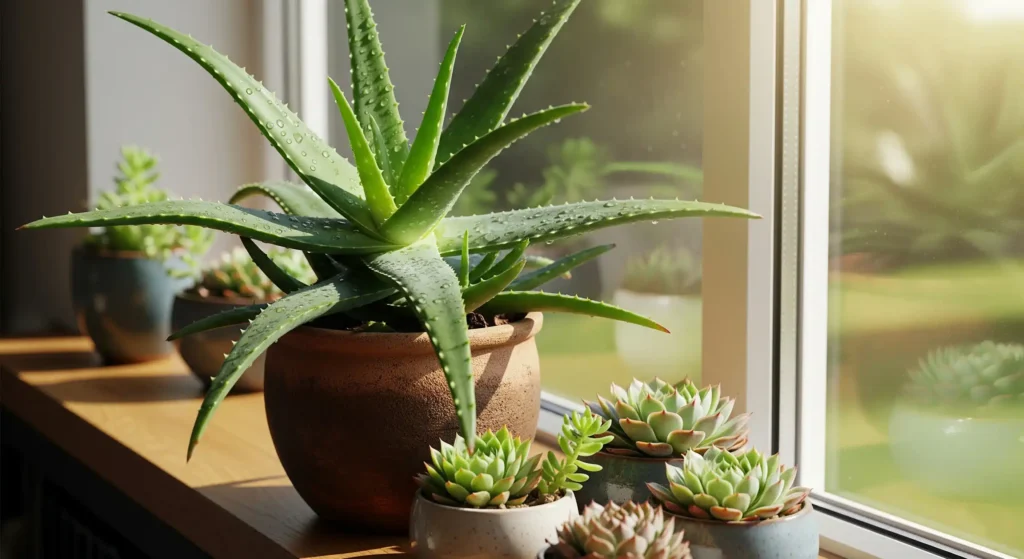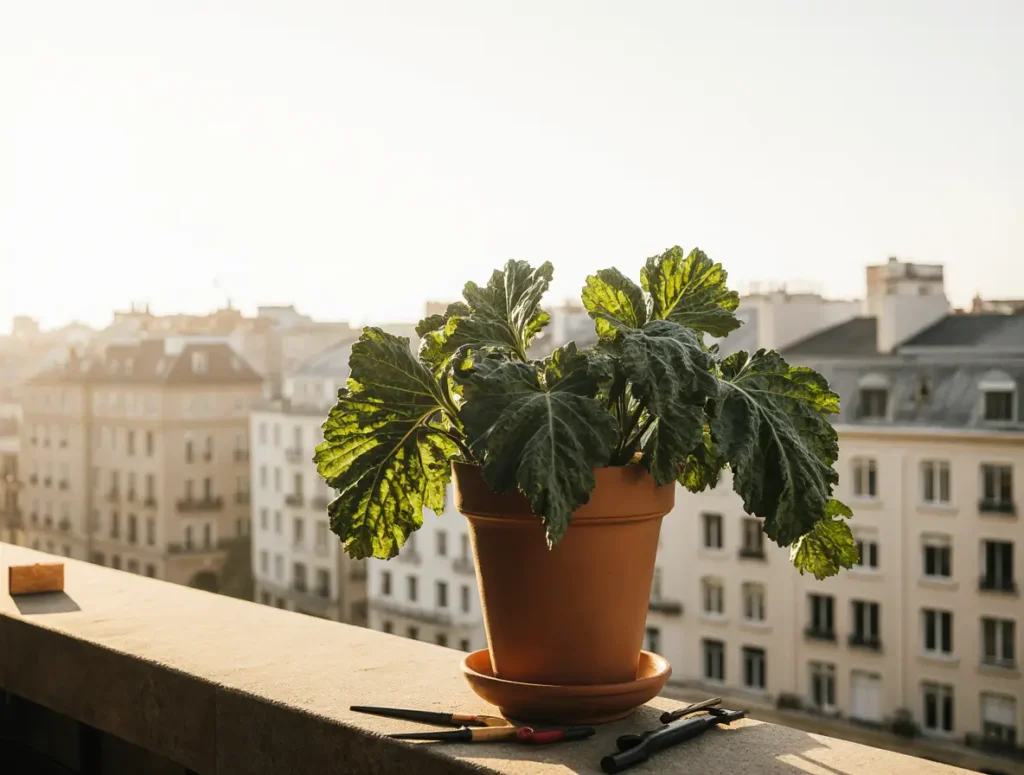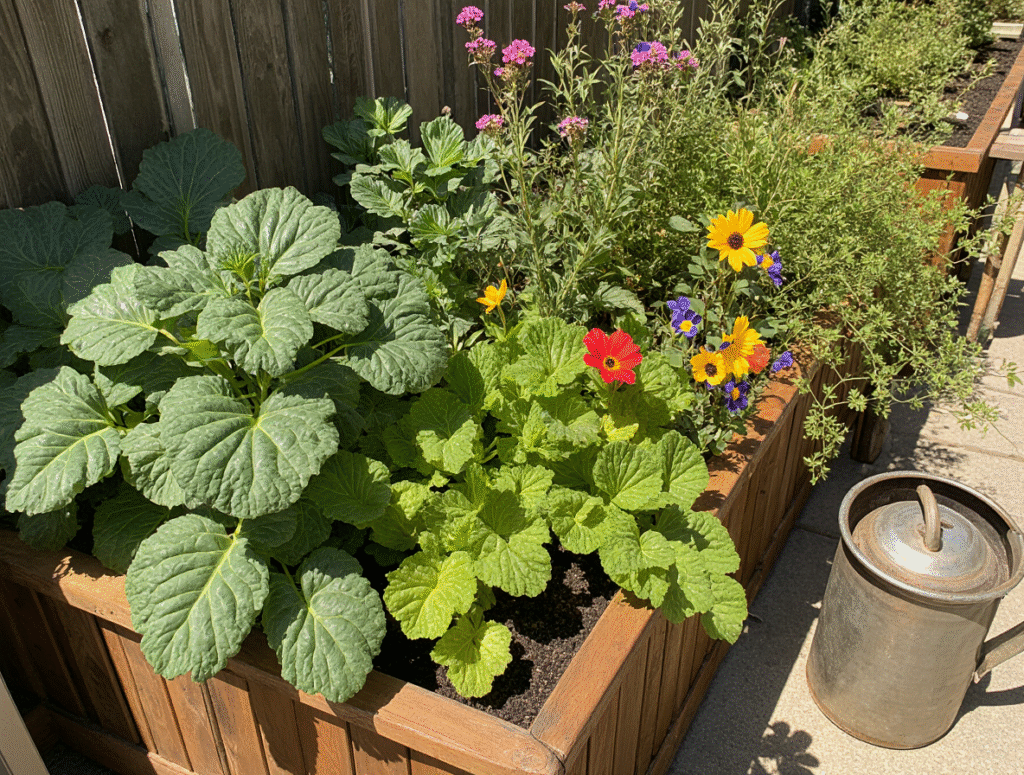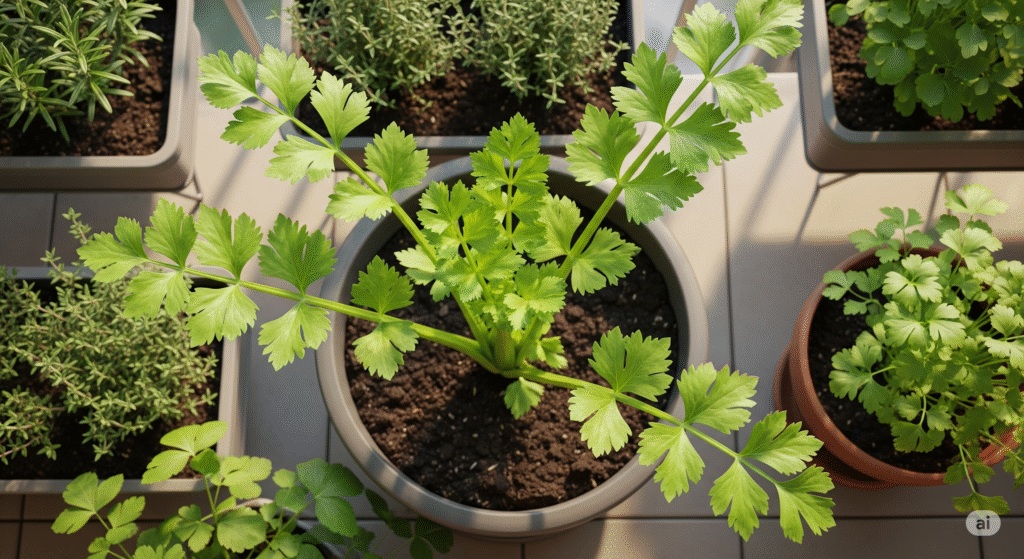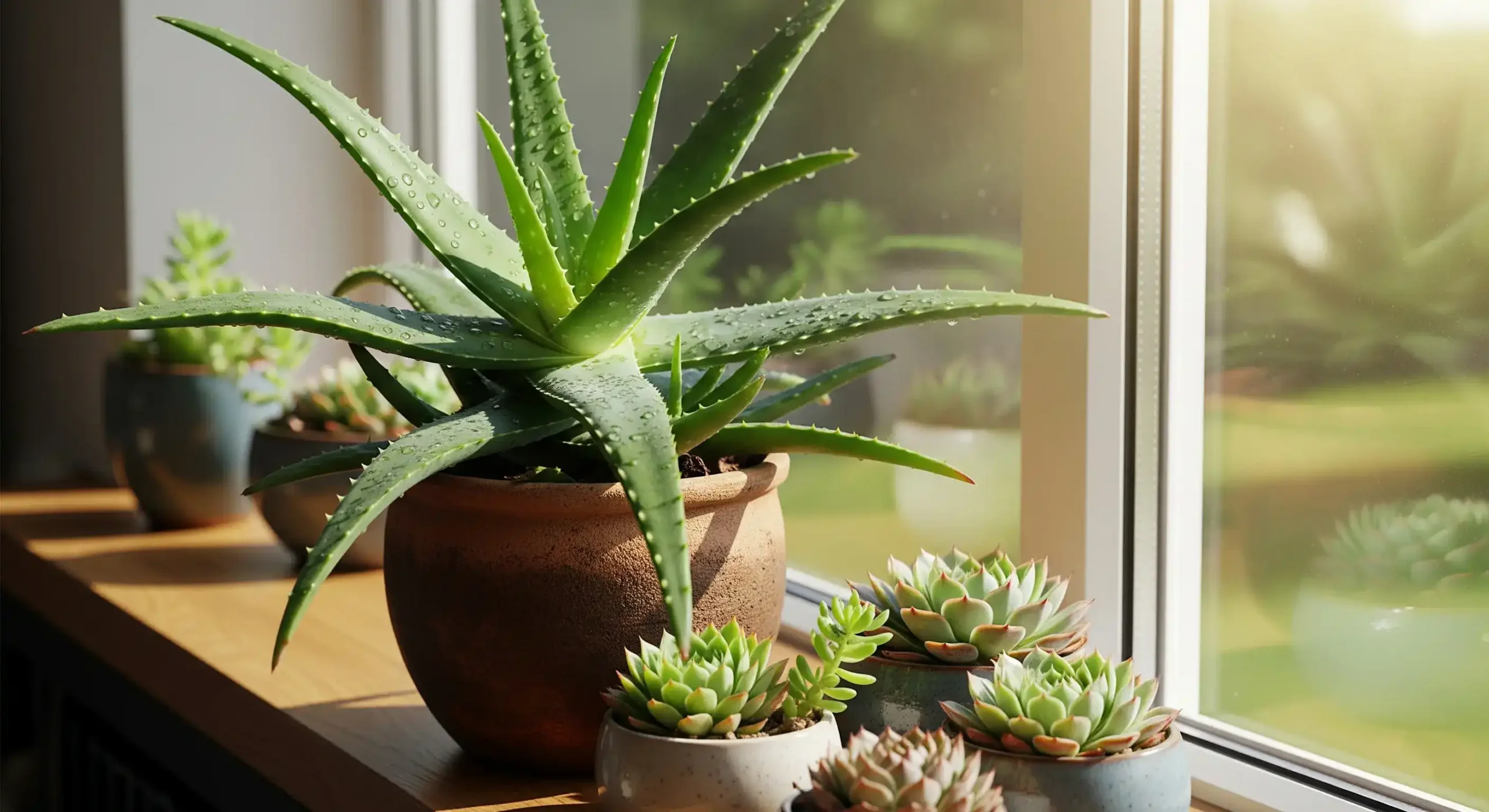
The Ultimate Guide to Aloe Vera Plant Care: How to Keep Your Aloe Thriving
Aloe Vera Plant Care
If you’ve ever struggled with keeping an aloe vera plant alive and healthy, you’re not alone. Aloe vera plants are often perceived as nearly indestructible, but the truth is many people unknowingly give their aloe the wrong kind of care—leading to wilted leaves, root rot, or even a dead plant. The good news? With the right knowledge and techniques, you can transform your aloe vera into a thriving, vibrant houseplant.
In this comprehensive guide, you’ll learn everything you need about aloe vera plant care, including watering tips, soil choices, pot selection, sunlight requirements, and more. Whether you’re a complete beginner or someone who has killed a few aloes before, this guide will equip you with practical steps and insider tips to keep your aloe healthy and flourishing.
What Makes Aloe Vera Special?
Before diving into the care instructions, it helps to understand where aloe vera comes from and why it behaves the way it does. Native to the hot, dry regions of South Africa, aloe vera is a succulent plant designed to survive droughts and harsh sunlight. This origin shapes its needs and helps explain why over-caring often harms rather than helps.
Unlike many other plants that thrive in nutrient-rich, moist soils, aloe vera prefers sandy, well-draining soils and moderate watering. When you grasp this fundamental aspect of aloe’s nature, you’ll be able to tailor your care routine to suit its unique preferences.
Watering Your Aloe Vera: The Most Crucial Aspect of Aloe Vera Plant Care
One of the biggest mistakes aloe owners make is overwatering their aloe vera plants. Unlike typical houseplants, aloe does not like to sit in wet soil — this can quickly lead to root rot and plant death. Instead, you should water your aloe vera based on the plant’s actual needs, not on a strict schedule.
How to Know When Your Aloe Vera Needs Water
To avoid overwatering, here are three simple tests you can perform:
- Pinch Test: Gently squeeze an aloe leaf. If it feels firm and plump, your plant is well hydrated. If the leaves feel soft or wrinkled, it’s time to water.
- Finger Test: Stick your finger about an inch into the soil. If it feels dry, the plant likely needs water; if it’s still moist, hold off.
- Visual Check: Carefully pull the plant out of its pot to inspect the roots. Healthy roots are firm and white; soggy, brown roots indicate overwatering.
Watering Frequency Guidelines
- Summer: Depending on your climate and indoor conditions, watering every 1 to 3 weeks is typical. Make sure the soil dries out completely between waterings.
- Winter Dormancy: Aloe enters a resting phase during colder months. Water sparingly — sometimes once every 4 to 6 weeks may suffice.
Choosing the Right Potting Mix for Aloe Vera Plant Care
The soil you choose is just as important as how often you water. Aloe vera plants need a potting mix that drains quickly and doesn’t retain excess moisture.
What Makes the Perfect Soil?
Regular potting soil tends to hold too much water for aloe’s liking. Instead, you want a:
- Sandy, well-draining succulent or cactus mix. This mimics aloe’s natural environment.
- Enhanced drainage: You can improve drainage by adding coarse sand, chicken grit, perlite, or pumice. Avoid fine sand, as it compacts and reduces drainage.
This mix ensures your aloe’s roots breathe and reduces the risk of root rot.
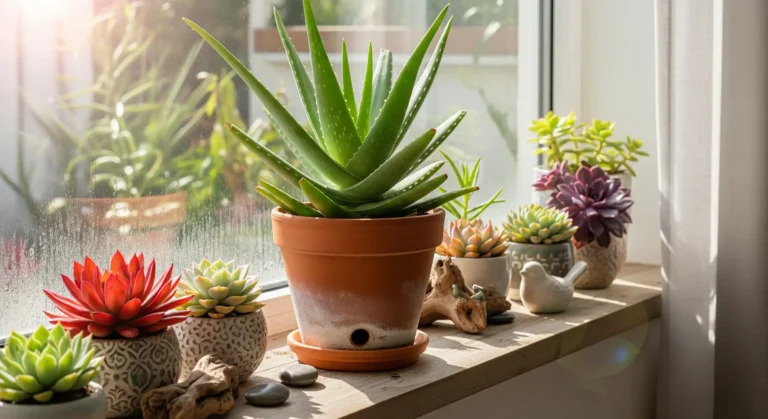
Picking the Perfect Pot for Your Aloe Vera
Your choice of pot plays a critical role in the overall health of your aloe vera plant. Here are the five main factors to consider:
- Material: Terracotta pots are excellent for humid environments because they absorb excess moisture. In hot, dry climates, plastic pots can help retain moisture.
- Shape: Aloes have shallow root systems, so opt for wide, shallow pots rather than deep ones.
- Size: Your aloe prefers to be slightly root-bound; avoid pots that are too large.
- Drainage: Always use pots with drainage holes to prevent water accumulation.
- Room for Pups: If you want your aloe to propagate pups (baby plants), choose pots slightly wider than the current size to accommodate growth.
Sunlight and Temperature: Getting It Just Right
Aloe vera plants love warmth and bright light but can be sensitive to extremes.
Ideal Temperature Range
Aloe thrives best between 55°F and 80°F (13°C to 27°C). It can survive indoors year-round in cooler climates if kept away from drafts and cold windows.
Sunlight Needs
- Outdoors: Place your aloe where it receives bright indirect sunlight and some morning direct sun.
- Indoors: A south-facing window is ideal, but avoid direct glass contact to prevent sunburn.
Avoiding Sunburn
Too much direct sun can scorch your aloe, causing leaves to turn pale, orange, or brown. If you notice these symptoms, move your plant to a shadier spot.
Conversely, too little light results in leggy, stretched leaves. If natural light is insufficient, consider supplemental grow lights.
Fertilizing Your Aloe Vera
One of the great things about aloe vera plant care is that it requires minimal feeding.
- Frequency: Fertilize once a year in early spring.
- Type: Use a phosphorus-heavy fertilizer (like 10-40-10) diluted to half strength.
- Why: This encourages healthy root growth and vibrant leaves.
Avoid over-fertilizing, which can harm your plant and reduce its resilience.
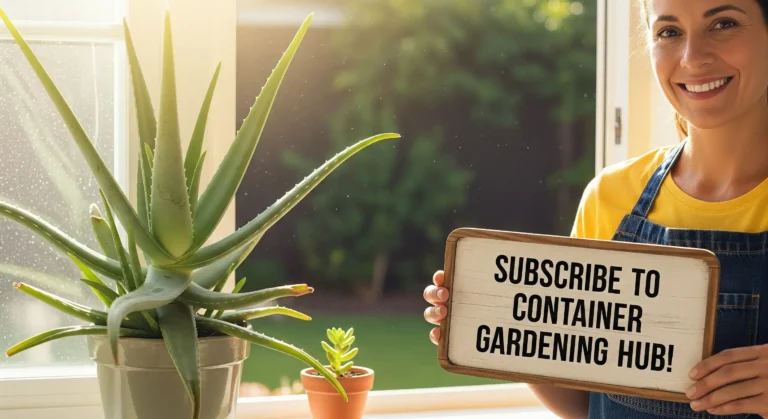
Propagating Aloe Vera: How to Grow More from Your Plant
Once your aloe is healthy and growing pups, you can propagate these baby plants to expand your collection or share with friends.
- Identify pups: Look for small plants growing at the base of the mother plant.
- Separate carefully: Gently remove the pup with some roots intact.
- Repot: Plant the pup in its own small pot with the same well-draining soil.
Propagation is a rewarding part of aloe vera plant care and helps you maintain a thriving aloe garden.
Common Aloe Vera Plant Problems and How to Fix Them
Even with the best care, problems can occur. Here’s how to troubleshoot common issues:
Problem | Cause | Solution |
Soft, mushy leaves | Overwatering/Root rot | Reduce watering, repot if needed |
Dry, shriveled leaves | Underwatering | Increase watering frequency |
Pale, discolored leaves | Sunburn | Move to indirect sunlight |
Leggy, stretched leaves | Too little light | Increase exposure or use grow lights |
No pups growing | Plant too young or stressed | Ensure proper care, patience |
Frequently Asked Questions About Aloe Vera Plant Care
How often should I water my aloe vera plant?
Water your aloe when the soil is completely dry, usually every 1-3 weeks in summer and less often in winter. Always check soil moisture before watering.
What is the best soil for aloe vera?
Use a well-draining succulent or cactus potting mix, enhanced with coarse sand or perlite to ensure excess water drains away quickly.
Can aloe vera grow indoors?
Yes! Aloe vera is an excellent indoor plant, thriving near a sunny window with bright indirect light and temperatures between 55°F and 80°F.
How do I know if I’m overwatering my aloe?
Signs of overwatering include soft, mushy leaves and brown, soggy roots. If you see these, cut back watering immediately and consider repotting.
Does aloe vera need fertilizer?
Aloe vera requires minimal fertilizing—once a year in spring with a diluted phosphorus-heavy fertilizer is sufficient.
Conclusion: Master Aloe Vera Plant Care and Enjoy a Vibrant, Healthy Plant
Caring for your aloe vera plant doesn’t have to be complicated. By understanding its natural environment and needs—especially watering, soil, pot choice, light, and temperature—you’re well on your way to cultivating a flourishing aloe.
Remember: aloe vera plants are resilient when given the right balance of care. Avoid overwatering, provide good drainage, place your plant in bright indirect sunlight, and be patient as it grows and produces pups.
With these tips, your aloe vera will become a rewarding, easy-to-care-for addition to your indoor or outdoor garden.
If you want to dive deeper, watch for our upcoming guide on how to repot and propagate aloe vera, so you can keep your collection growing!
Thanks for reading! If you found this guide helpful, share it with fellow plant lovers and subscribe to my Youtube Channel for more expert container gardening advice.
Additional Links:
1- Botanical Information on Aloe Vera
2- Environmental or Climate Information About Aloe Vera’s Native Habitat
You Might Like

